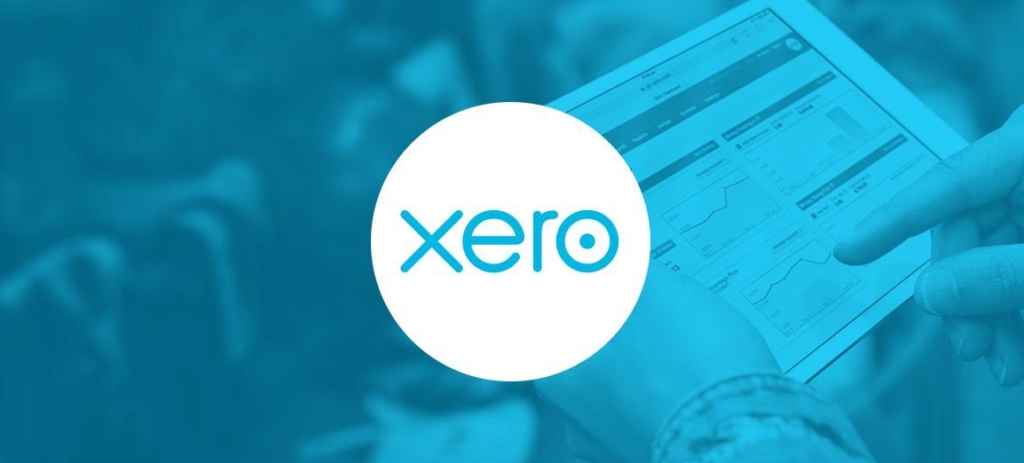As a small business owner, managing your finances can quickly become overwhelming. That’s where Xero comes in — a powerful, user-friendly cloud accounting platform designed to simplify bookkeeping and give you real-time insights into your business performance. In this article, we’ll walk you through everything you need to know to get started with Xero, from setting up your account to using its key features. Whether you’re new to accounting or switching from another system, this guide will help you hit the ground running. Getting Started with Xero: What Every Small Business Owner Needs to Know
What is Xero?
Xero is a cloud-based accounting software built specifically for small and medium-sized businesses. It allows business owners to manage invoicing, bank reconciliation, expense tracking, payroll, and reporting all in one platform — accessible from any device with an internet connection.
With real-time financial data, secure cloud storage, and the ability to collaborate with your accountant or bookkeeper, Xero empowers small businesses to make smarter financial decisions.
Why Xero is Ideal for Small Business Owners
Before diving into how to use Xero, it’s important to understand why it’s such a valuable tool for small businesses:
- User-Friendly Interface: Clean, intuitive dashboard with no accounting jargon.
- Automated Processes: Automate bank feeds, invoicing, and reconciliation.
- Real-Time Data: See up-to-date financial reports and cash flow summaries.
- Anywhere Access: Use Xero on desktop, tablet, or mobile.
- Collaboration: Easily share access with your accountant or team members.
- Scalability: Flexible pricing plans and integrations to grow with your business.
Step 1: Setting Up Your Xero Account
Create Your Xero Account
Start by visiting and signing up for a free trial. You’ll enter your name, email address, phone number, and business name.
Add Your Business Details
After signing in, you’ll be prompted to add your:
- Business name and legal entity
- Business address
- Time zone and currency
- Financial year start date
- Industry type (for tailoring features)
Choose the Right Plan
Xero offers several pricing tiers based on your needs. For most small businesses, the Starter or Standard plan will provide the necessary features like invoicing, bank reconciliation, and reporting.
Step 2: Connecting Your Bank Accounts
One of Xero’s most powerful features is automatic bank feeds, which pull your bank and credit card transactions directly into the platform.
How to Connect Your Bank
- Go to Bank Accounts in the dashboard.
- Click Add Bank Account and search for your bank.
- Enter your login credentials securely.
- Select which accounts to connect (checking, savings, credit).
- Xero will begin importing transactions automatically.
This saves time on data entry and ensures your records are always up to date.
Step 3: Customising Your Chart of Accounts
Your Chart of Accounts is the backbone of your bookkeeping system. It categorizes your income, expenses, assets, and liabilities.
Xero provides a default chart based on your business type, but you can customise it by:
- Adding new accounts (e.g. “Office Supplies”)
- Renaming existing ones to match your terminology
- Deactivating accounts you don’t use
Proper setup here ensures your financial reports are accurate and meaningful.
Step 4: Creating and Sending Invoices
With Xero, creating invoices is quick, professional, and trackable.
How to Create an Invoice
- Click Business > Invoices > New Invoice
- Add your customer details
- Enter the item/service sold, quantity, price, and tax rate
- Set payment terms (e.g., 14 days)
- Add your logo and branding if desired
- Click Send – your client receives it instantly via email
Xero even lets you see when a customer opens the invoice, and it can send automatic payment reminders for overdue invoices.
Step 5: Recording Bills and Expenses
Keeping track of what you owe is just as important as tracking income. In Xero, you can easily manage bills, receipts, and employee reimbursements.
Enter a Bill
- Go to Business > Bills to Pay
- Click New Bill and enter supplier name, due date, item description, and amount
- Upload a copy of the bill or receipt
- Save and schedule for payment
This helps you manage cash flow by keeping an eye on upcoming expenses.
Step 6: Reconciling Transactions
Bank reconciliation in Xero is designed to be fast and accurate. As transactions come in from your bank feed, Xero tries to match them to invoices, bills, or existing transactions.
To Reconcile:
- Go to Accounting > Bank Accounts
- Select the account and click Reconcile
- For each transaction:
- If it matches an invoice/bill, click OK
- If not, create a new transaction or split it accordingly
Reconciling regularly (ideally every few days) ensures your books are accurate and current.
Step 7: Running Financial Reports
Xero offers a wide range of financial reports to help you stay informed and compliant.
Popular Reports for Small Businesses:
- Profit and Loss Statement: Shows income vs. expenses over time
- Balance Sheet: Assets, liabilities, and equity snapshot
- Aged Receivables: Invoices that are due or overdue
- Cash Summary: Real-time view of available cash
You can customise date ranges, add filters, and export reports in PDF or Excel format.
Step 8: Collaborating with Your Accountant or Bookkeeper
With Xero, you don’t need to email spreadsheets or flash drives to your accountant. You can invite them to your Xero account and set permission levels. Getting Started with Xero: What Every Small Business Owner Needs to Know
To Invite a User:
- Go to Settings > Users
- Click Invite a User
- Enter their email and choose access level (e.g., Advisor, Read Only)
- Click Send Invite
This makes collaboration smooth, especially during tax season or business reviews.
Bonus: Using the Xero Mobile App
The Xero mobile app allows you to manage essential tasks on the go:
- Send invoices
- Capture receipts via photo
- Reconcile bank transactions
- Track expenses
Available on both iOS and Android, the app gives you the freedom to manage your business from anywhere.

